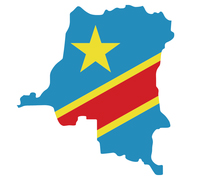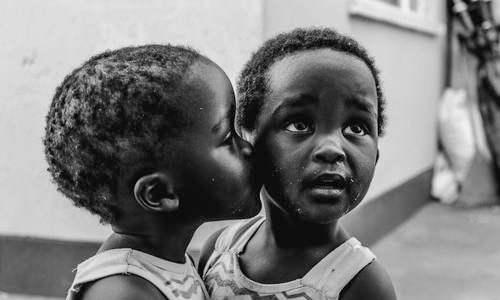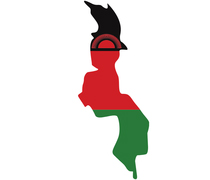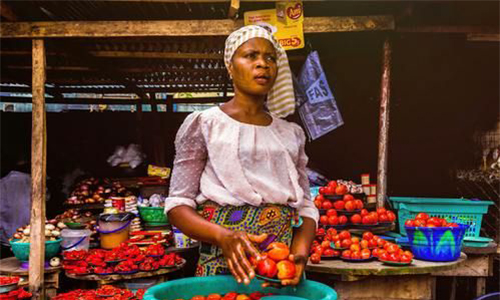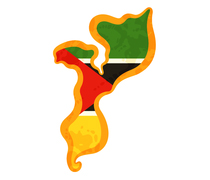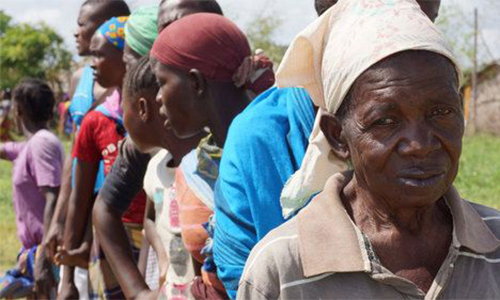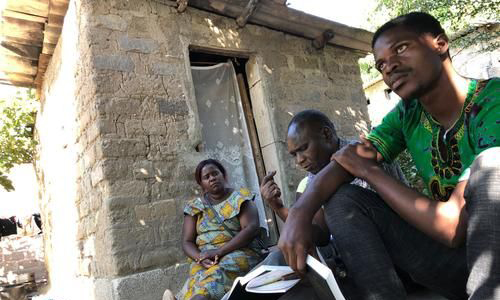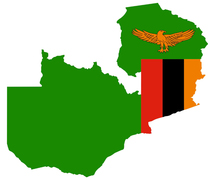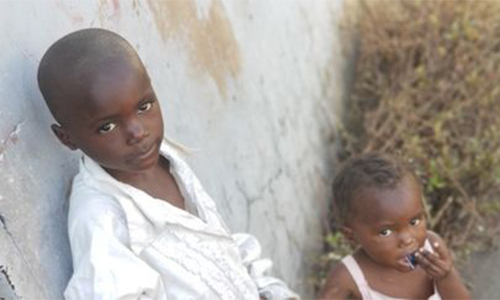Democratic Republic of Congo
Malawi
Mozambique
Zimbabwe
The U.S. government estimates the population at 18 million (2020 estimate). According to U.S. government estimates, 95.5 percent of the country is Christian; of these 75.3 percent identify as Protestant and 20.2 percent as Roman Catholic. Protestant groups with the largest numbers of adherents include the Anglican Church, evangelical Christians, and Pentecostal groups. Approximately 2.7 percent of the population is Muslim, with smaller numbers of Hindus, Baha’is, Buddhists, Jews, and Sikhs. Approximately 1.8 percent of the population adheres to other belief systems, including indigenous religions and witchcraft, or belong to small communities that hold no religious beliefs. Many persons combine Christianity and indigenous beliefs.
A clearer understanding of the Word of God is needed in Zambia. Traditional Christianity, like other "religions," teaches that eternal life is earned by doing "good works" including faith in the Lord Jesus Christ. While teaching that "Jesus saves" they also pursue "good works" to help insure one's salvation. Hope Builders Ministries trains pastors and churches to make disciples who understand that the "grace of God" in Christ Jesus for eternal life is a free gift. Then, once someone is a child of God by faith in the Lord Jesus Christ, they are taught to live according to the Spirit by faith in God's Word with a view to hearing the "well done my good and faithful servant, enter into the joy of the LORD." This joyful entrance is into the coming Millennial Kingdom with Christ, the King. Hope Builders Ministries teaches Christians how to run the race and win the prize, that is, glory with Christ in His coming Kingdom on planet earth.

